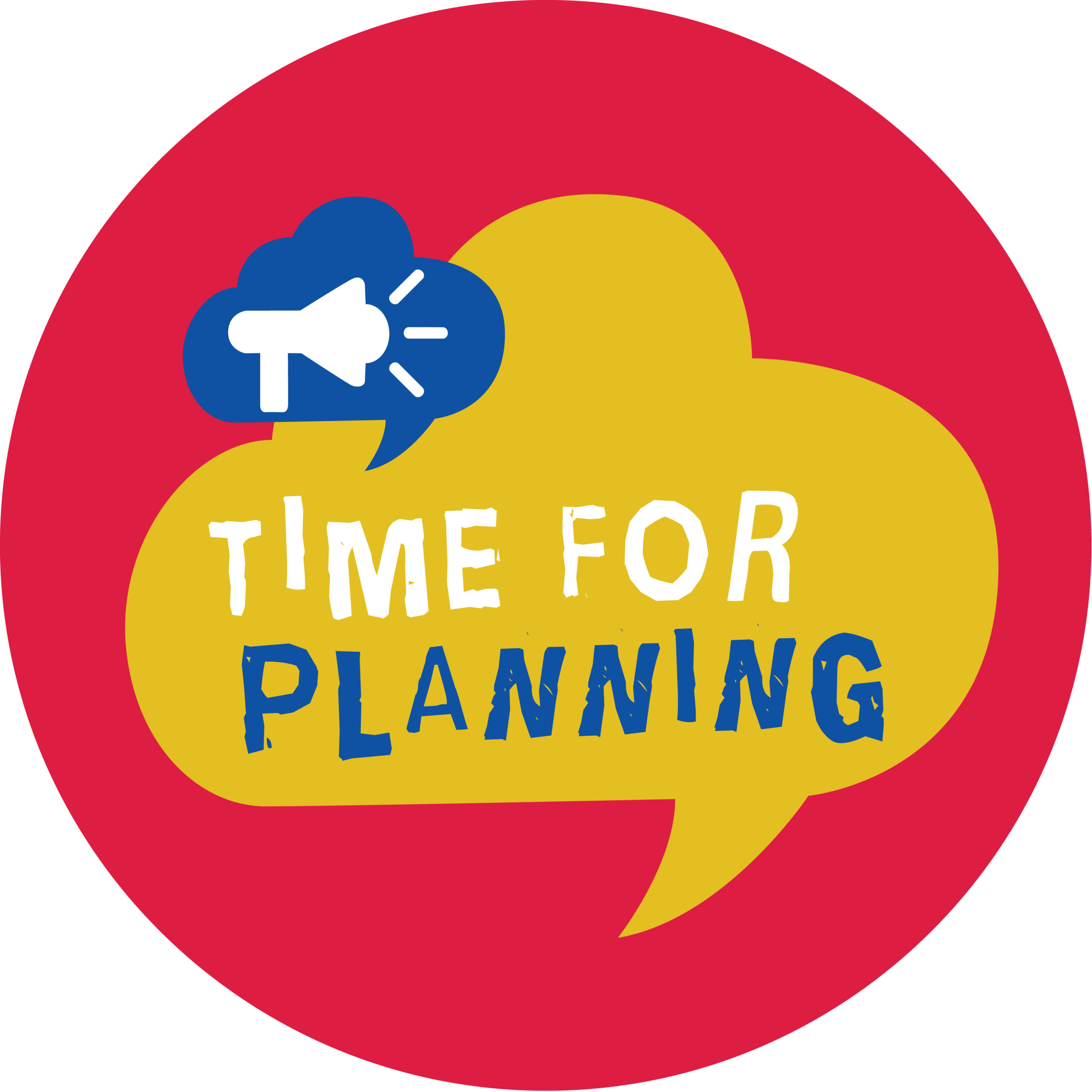Here’s one last goal setting tip to consider as the New Year’s Resolution excitement wanes, and before you put your head down and get cracking on your best year yet.
I’ve been goal setting of some kind for as long I can remember. Some goals are easier to reach than others, but hitting your mark is usually determined by your action plan, not how detailed and finessed your goal is.
Today, I’m talking about business goals.
Business goals are usually determined by the leadership team, at least the overarching desires are. And, they tend to impact the entire organization even if the follow through is only from a small team. Good or bad, there’s also more accountability with business goals.
Whether you’re setting the goals yourself, or you’re part of the follow through team, defining all components of your goal(s) and creating a plan of action is essential to reaching that benchmark.

It’s easy to fall into some goal setting traps. Maybe the goal is to improve all (or most) of the metrics you track because they’re easy to measure and report on. That sets you up with some competing priorities and usually spins your wheels. Maybe it’s a declaration of increased sales or ROI—big numbers used to indicate the health or success of a business. A large sweeping aspiration like this entirely lacks a clear priority. Are we increasing ROI by cutting the education budget and taking away the free coffee, or optimizing our landing pages and testing a new marketing tactic?
Goals get a bad rap for equaling success. That’s usually where those goal setting traps come into play. Instead, goals should lead us to success. In other words, your success is a direct result of taking the necessary actions to meet your predefined goals.

The SMART goal formula is a common tool used to define goals. It’s great for creating clarity around what we’re actually striving towards. And, maybe your SMART goal is part of a bigger, more elaborate goal. Great! Let’s make sure we’re intentionally taking actions to fulfill the parameters identified in the SMART goal.
(Here’s a refresher on SMART goals if it’s a little foggy: S-Specific, M-Measurable, A-Attainable, R-Realistic, T – Timeline).
My guess is you’ve probably had more than your fair share of SMART goal setting sessions with super thoughtful and detailed information. If you’re specifically working in marketing, maybe you have something like this in your lineup for 2019:
S – I want our website to generate more leads by bringing more new users to our site with digital advertising.
M – A 20% increase in leads is our goal.
A – After testing audience targeting last year with a 10% increase, we increased our service market by 50 miles and understand our audience better.
R – When we drive new users to the website, our online conversion completion rate increases.
T – By the end of 2019.
SMART Goal: At the end of 2019, our website will generate 20% more leads as a result of more specific targeting with digital advertising and an increased service market.

What happened next? We work with a lot of people who set some great goals, but aren’t so sure how they’re going to get there. Guilty as charged.
When I initially set out to earn my IAB certification, I knew I needed to study and I knew there were resources online. But I didn’t create a study plan or any check points to make sure I was putting in the right kind of work to reach my goal – to be led to success.
Let’s go back to that SMART goal example: At the end of 2019, our website will generate 20% more leads as a result of more specific targeting with digital advertising and an increased service market.
My plan of attack might look something like this:
1 – Analyze the website traffic to see which sources brought the most new users.
2 – Analyze the website traffic to see which sources converted the most new users.
3 – Analyze the data of last year’s digital media campaigns to determine which audiences clicked on our ads the most, spent the most time onsite, and converted the most.
4 –Start a digital marketing campaign for the channels that brought the highest converting new users targeting the audiences who clicked on and converted from the ads the most.
5 – Every 30 days, evaluate the analytics traffic and digital campaign to compare data to last year’s numbers at this time.
6 – Rinse & Repeat…about quarterly. Are your numbers trending towards the end result? If not, what can you change?
You can put all the work in the world into a fabulously written goal, you can use tools like SMART goals, and even print it on a super colorful page and tape it to your computer screen, but still come up short. Identifying the work you will do to measure up the results, and what check points there are determine if your plan of attack is working or if your goal is relevant and attainable is the sure-fire way to stick to those New Year Resolution feelings and crush 2019!